
Kenya: Wildlife & People in Integrated Landscapes
Join conservationists, educators, community leaders, and youth to study sustainable approaches to human wildlife coexistence.
Course Overview
The South Rift Valley of Kenya, stretching from the Maasai Mara National Reserve through Amboseli National Park, is one of the most spectacular wildlife areas on the planet. Earth Expeditions has partnered the South Rift Association of Landowners (SORALO) along with the Cincinnati Zoo & Botanical Garden and the African Conservation Centre, and o advance community-based conservation in this dynamic landscape. This effort builds on the decades-long research of Dr. David Western, former head of the Kenya Wildlife Service, other researchers, and the centuries-long research of the Maasai pastoralists, who have long co-existed with wildlife in an open grassland ecosystem populated by elephants, lions, giraffes, zebra, wildebeests, and a remarkable diversity of other species. With the rise of nontraditional lifestyles, private ranches, and fenced lands that prevent needed wildlife migrations, communities of the South Rift have recognized the need to understand the impact of these changes and to work together for a better future.
Join Kenyan conservationists, educators, community leaders, and youth to study sustainable approaches to human-wildlife coexistence. Possible research projects may focus on high-impact species, such as lions or elephants; species groups (such as grazers); the role of the Maasai in the ecosystem; grassland diversity studies; conservation in parks and beyond; and participatory education and local knowledge.
A typical day on this EE course includes exploration and hiking in the local environment, instructor and student-led discussions of key course topics, presentations, engagement with local community experts, and time for inquiry investigations and journal writing. Prior to and following the field experience in Kenya, students will complete coursework via Canvas, Miami University's learning management system, as they apply experiences at home.
 *** If you're interested in Kenya: Wildlife & People in Integrated Landscapes for Summer 2026, let us know by completing this short form. Note: This is not the EE application/course request form. Visit our Apply webpage for application instructions for the GFP or to take an Earth Expeditions stand-alone course. Current Dragonfly students' summer requests should be submitted using the form sent via email.
*** If you're interested in Kenya: Wildlife & People in Integrated Landscapes for Summer 2026, let us know by completing this short form. Note: This is not the EE application/course request form. Visit our Apply webpage for application instructions for the GFP or to take an Earth Expeditions stand-alone course. Current Dragonfly students' summer requests should be submitted using the form sent via email.
Course Details |
|
|
In-Person Travel Dates |
July 4-12, 2026 Arrive at least one day before and depart on last day of course. |
|
Full course dates |
April to August online |
|
Course-specific themes |
-Introduction to the ecology of East African savannah ecosystems -Models of conservation: national parks and community-owned conservancies -Field method techniques and community collaboration in research practices |
|
Eligibility |
This course is open to any interested current master's students or can be taken as a standalone course. An undergraduate degree is required. *Miami U. undergraduates with Graduate School permission may also apply. |
|
Physical requirements |
Time in trucks exploring area and some walking or hiking |
|
Lodging |
Two-person tent camping throughout; one night in shared hotel rooms; shared bathrooms |
|
Course credits |
5 master's graduate credits or 7 CEUs (continuing education credits) can be earned |
|
Course costs (Includes meals, water (extra snacks and drinks not included), lodging, activities (optional activities not included), course transportation, and park entrance fees) (For additional information, go to our Program Costs page.) |
There are two options to take this course: 1) Earn 5 graduate credits: All participants cover their own transport to Nairobi, Kenya (airport code NBO) |

Kenya
Planned Sites
Nairobi
Nairobi, the capital of Kenya, is headquarters for the African Conservation Centre (ACC), an African organization dedicated to saving wildlife through local initiatives, good governance, and sound science.
Amboseli National Park
Beneath the snow-capped Mt. Kilimanjaro towering to the south, Amboseli National Park covers 392 square kilometers. The park’s wetlands, plains, woodlands, and bush country support a diversity of wildlife unrivalled in East Africa for a park of its size. Over 80 different mammals and 400 bird species reside in the park. Elephants play a key role in the changing ecosystem, and their populations have been the subject of long-term research projects on the secrets of elephant family life, communication, and migration patterns. Long before the park boundaries were set, the local Maasai were custodians of Amboseli’s wildlife; Maasai do not ordinarily kill wild animals for food, as their domestic cattle and goats meet nearly all their requirements.
Lale’enok Resource Centre
The communally-owned land between the boundaries of Amboseli National Park in the south and the Maasai Mara in the west is a vital wildlife dispersal area; in fact, this land, owned primarily by the Maasai, supports a greater diversity of wildlife than the national parks. The African Conservation Centre and the South Rift Association of Landowners (SORALO) have established a unique community-based research center in Olkiramatian, the heart of the South Rift ecosystem. This area teems with wildlife and lies outside tourist-dominated park environments. Situated on Maasai communal land, the Lale’enok Resource Centre is designed to advance new approaches to understanding integrated landscapes through local initiatives and shared objectives for conservation and education. Unusual in Maasai land, the centre is owned by women, the Olkiramatian Reto Women’s Group. The Centre also functions as a social enterprise, earning revenue from visitors and students who come to Lale’enok to learn about Maasai culture, land management, and conservation practices.
(Course locations are subject to change.)
Kenya Course Photos


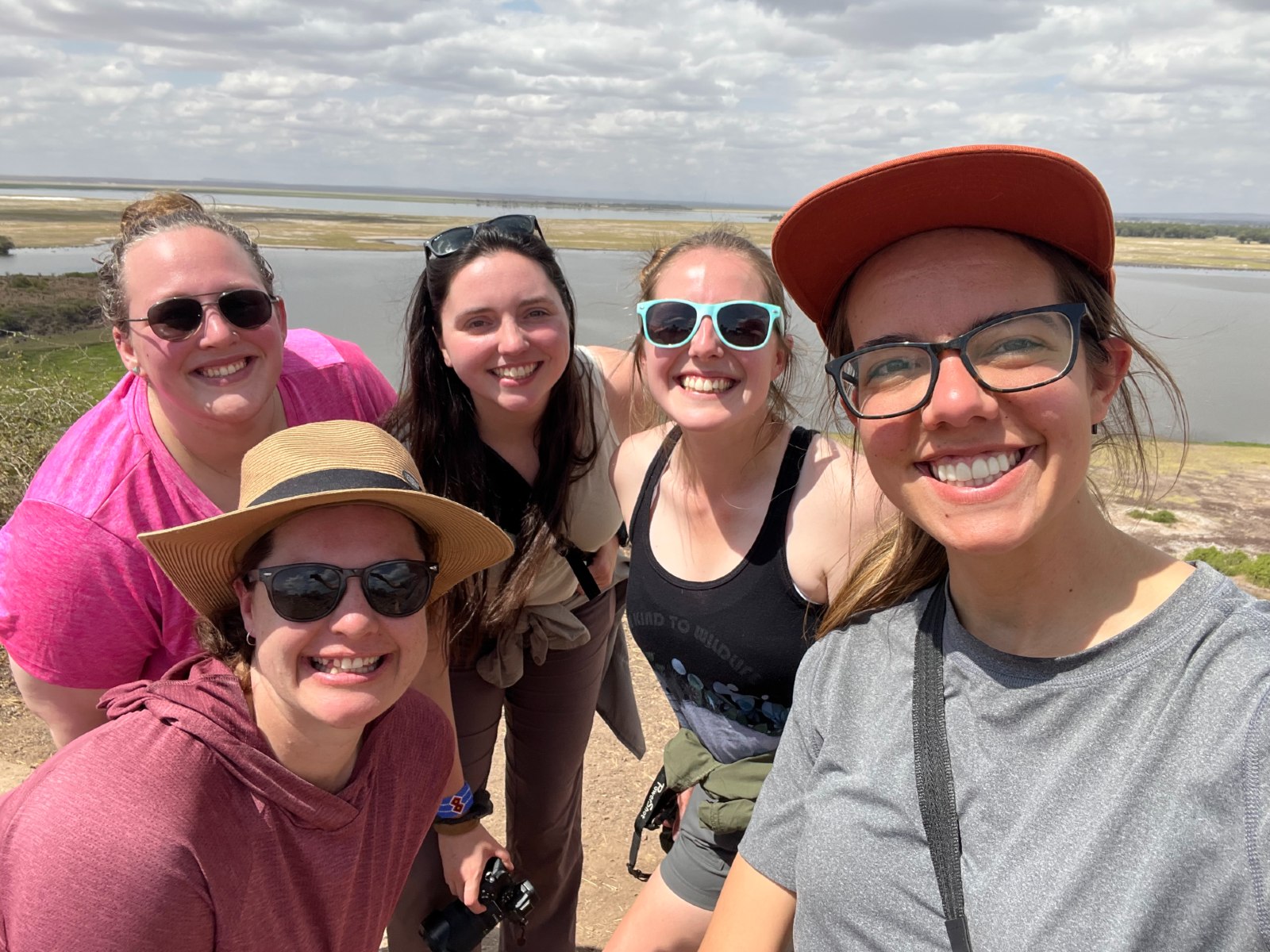








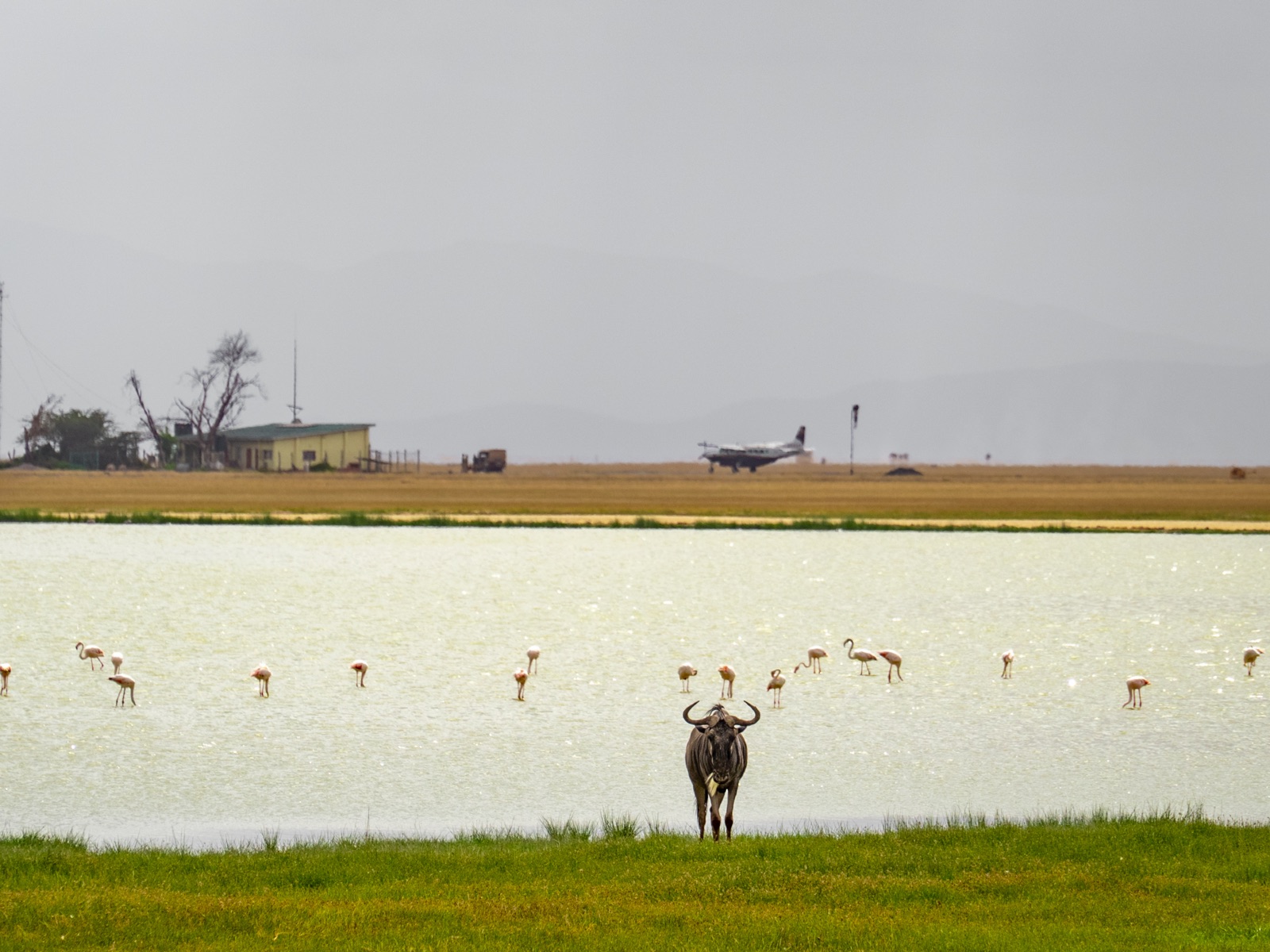






Inside Earth Expeditions
Recorded September 24, 2025, covering Mongolia, Kenya, Amazon.
Want to know more about Dragonfly's global+web-based Earth Expeditions courses? Please view a recording from one of our 2025-26 Inside Earth Expeditions sessions, or join us next fall for an upcoming session, where we share the inside scoop on our EE course locations, partners, and activities. These sessions are perfect for current AIP and GFP students, prospective GFP students, and those interested in taking an EE as an individual course. Each session was led by an experienced member of our instructional team.
Questions?

Amazon: Avian & Tropical Ecology

Australia: Great Barrier Reef

The Bahamas: Cultivating Conservation Networks
Snorkel in biodiverse marine protected areas, explore unique national parks, and gain an understanding of community-driven initiatives by talking directly with local experts at the forefront of conservation.

Baja: Field Methods
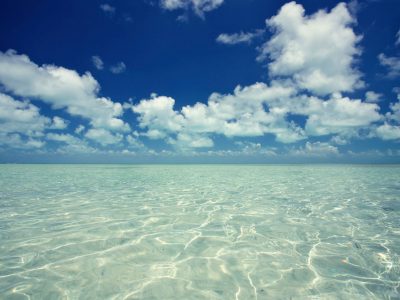
Belize: Approaches to Environmental Stewardship

Borneo: Primate Conservation
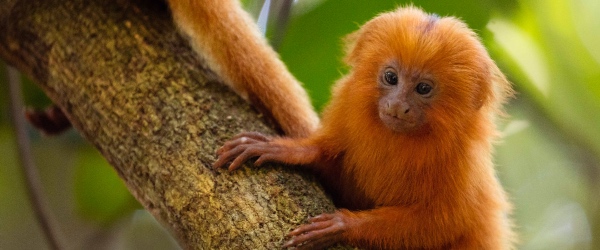
Brazil: Saving Golden Lion Tamarins

Costa Rica: Ecology & Ecotourism

Galápagos: Islands of Change

Guyana: Local Wisdom & Conservation
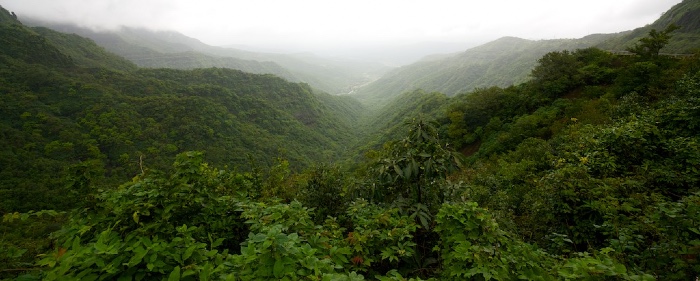
India: Species, Deities & Communities
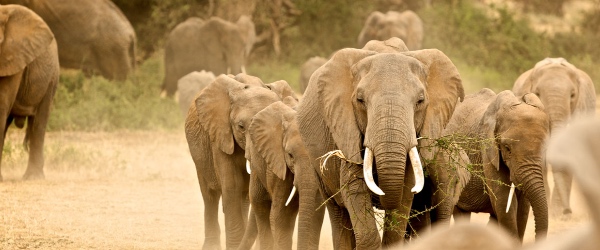
Kenya: Wildlife & People in Integrated Landscapes

Mongolia: Steppe Ecology & Civic Media

Namibia: Great Cat Conservation

Paraguay: Eco-Leadership

Thailand: Buddhism & Conservation

FAQs


